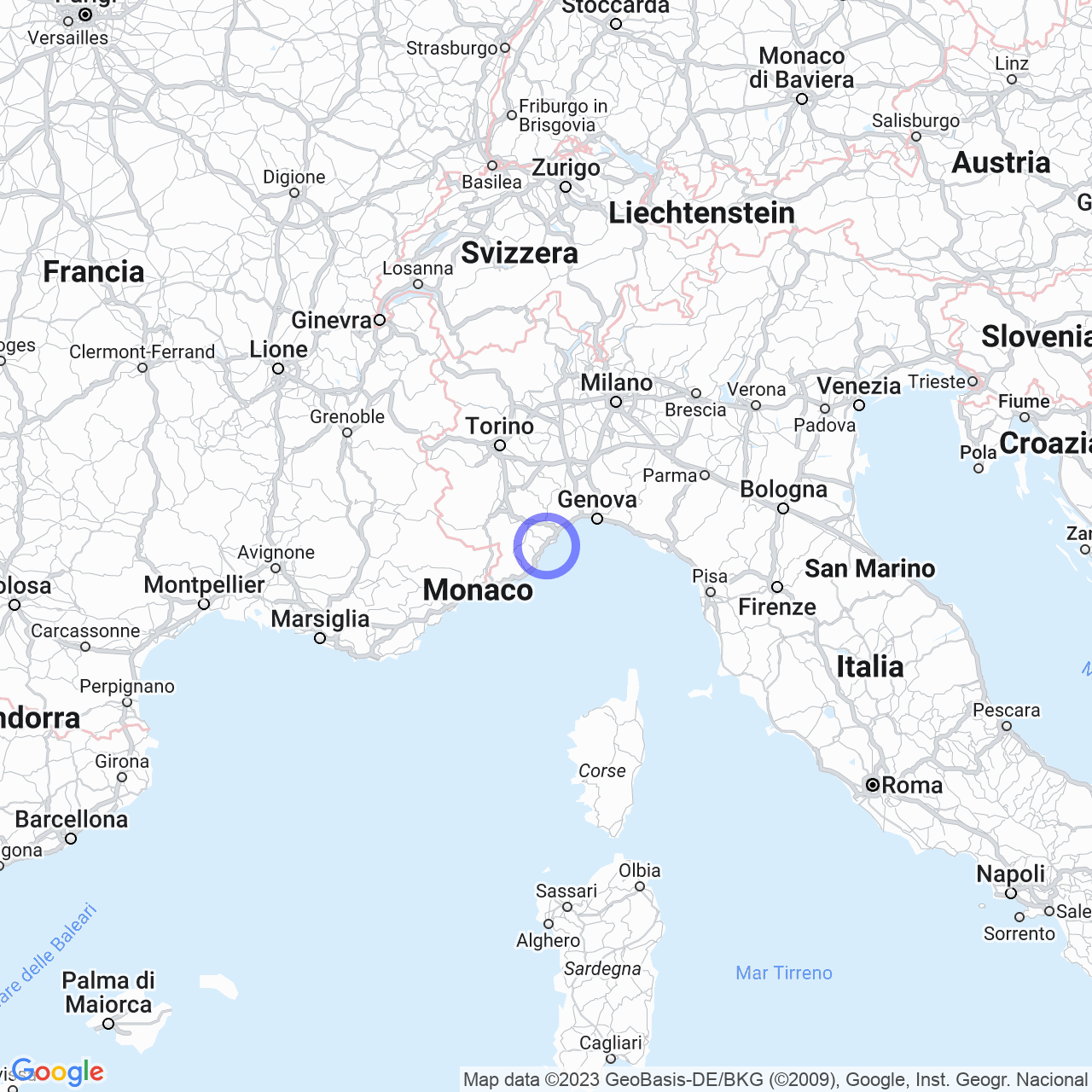Pietra Ligure
Discovering Pietra Ligure: a city rich in history and tradition
Hello friends! Let me introduce you to Pietra Ligure, one of the most beautiful cities in Liguria, located in the province of Savona. The city has approximately 8277 inhabitants and is part of the conurbation that stretches from Borgio Verezzi to Borghetto Santo Spirito.
Physical geography
Pietra Ligure stretches along the coast for about six kilometers and its coasts are low and gravelly, typical of the Ligurian Riviera. The city is crossed by the Maremola stream and behind it lies Mount Carmo di Loano, the first notable peak of the Ligurian Alps after the Altare Pass. Regarding the climate, the territory has a Mediterranean climate with mild winters and hot summers, thanks to its location on the sea.

History
The city owes its name to the ancient Castle of Pietra Ligure, built in the 7th-8th century, and long inhabited by the Diocese of Albenga-Imperia, who made it their summer residence in 1100. The first human settlements in the area date back to the Neolithic period, and numerous chronologically distinct archaeological finds have been unearthed in the area. During Roman times, the city acquired great economic importance thanks to its road connection with the major Roman centers of Vada Sabatia and Albingaunum. The city then underwent a long resistance from the inhabitants of the area, the Liguri Ingauni, and its submission to the Roman Empire was definitive after the Carthaginian defeat in 181 BC.
During the Longobardi, the medieval village of Pietra Ligure began to develop around the castle already present in Roman times. The proximity of the mountain to the sea favored the cultivation of cereals and vegetables, thanks to defense from natural winds. The village later became a feudal attraction of the local lords and the church, such as the Marquis of Del Carretto in the 11th century and the Bishop of Albenga. It was only the latter who managed to dominate the Riviera municipality and worked for the reconstruction of the castle and the medieval village in the 12th century. During this period, the town extended southwest, giving rise to the so-called New Village.
What to see in Pietra Ligure?
After the brief historical introduction to the city, here is a list of places not to be missed if you decide to visit Pietra Ligure.
Castle of Pietra Ligure
The Castle of Pietra Ligure is the symbol of the city and undoubtedly deserves a visit. It is a medieval construction built on the remains of a Roman fortress and enjoyed an important strategic position during the medieval wars.
Duke's Tower
The Duke's Tower is another medieval structure located in the upper part of the city, built by the Bishop of Albenga to protect the city from Saracen incursions. The panoramic view from its summit is breathtaking.
St. Nicholas of Bari Church
St. Nicholas of Bari Church is the main church of Pietra Ligure and dates back to the 13th century. Its interior features a beautiful wooden ceiling and numerous works of art of great artistic importance.
St. Peter's Chapel
St. Peter's Chapel is a place of worship in the old part of the city where important religious ceremonies take place.
Special events
If you want to experience Pietra Ligure to the fullest, don't miss the special events organized every year.
San Nicolò Fair
The San Nicolò Fair takes place in December and attracts visitors from all over the region. During this period, the city comes alive with markets, children's games, theatrical and musical performances, and much more.
Summer in Pietra Ligure
During the summer, the city organizes the International Poetry Festival, the Summer Music Festival, and many other cultural events.
Conclusion
Pietra Ligure is a city full of history and tradition with many tourist attractions not to be missed. I recommend visiting its castle, the Duke's Tower, St. Nicholas of Bari Church, and St. Peter's Chapel. Also, taking part in special events such as the San Nicolò Fair during the winter and the International Poetry Festival during the summer, will allow you to experience Pietra Ligure in full.
